
minutes average completion time
Stage Management
In this micro course, we will introduce you to Stage Management and what a career within the industry entails. We will also look at just a few of the exciting opportunities and careers that exist within construction.
Stage Management:
The Magic Behind the Curtain
Welcome to the world of stage management!
In this course, you’ll gain a comprehensive understanding of this crucial role in the theatre industry.
- What is it?
Stage management is a vital role in the production of theatre, opera, dance, and other live performances. It involves the organisation, co-ordination, and execution of all aspects of a production, from rehearsals to performances. - Why is it important?
A skilled stage manager ensures the show runs smoothly, efficiently, and safely. They are the glue that holds the production together.
Let’s dive deeper into the responsibilities of a stage managerment team.
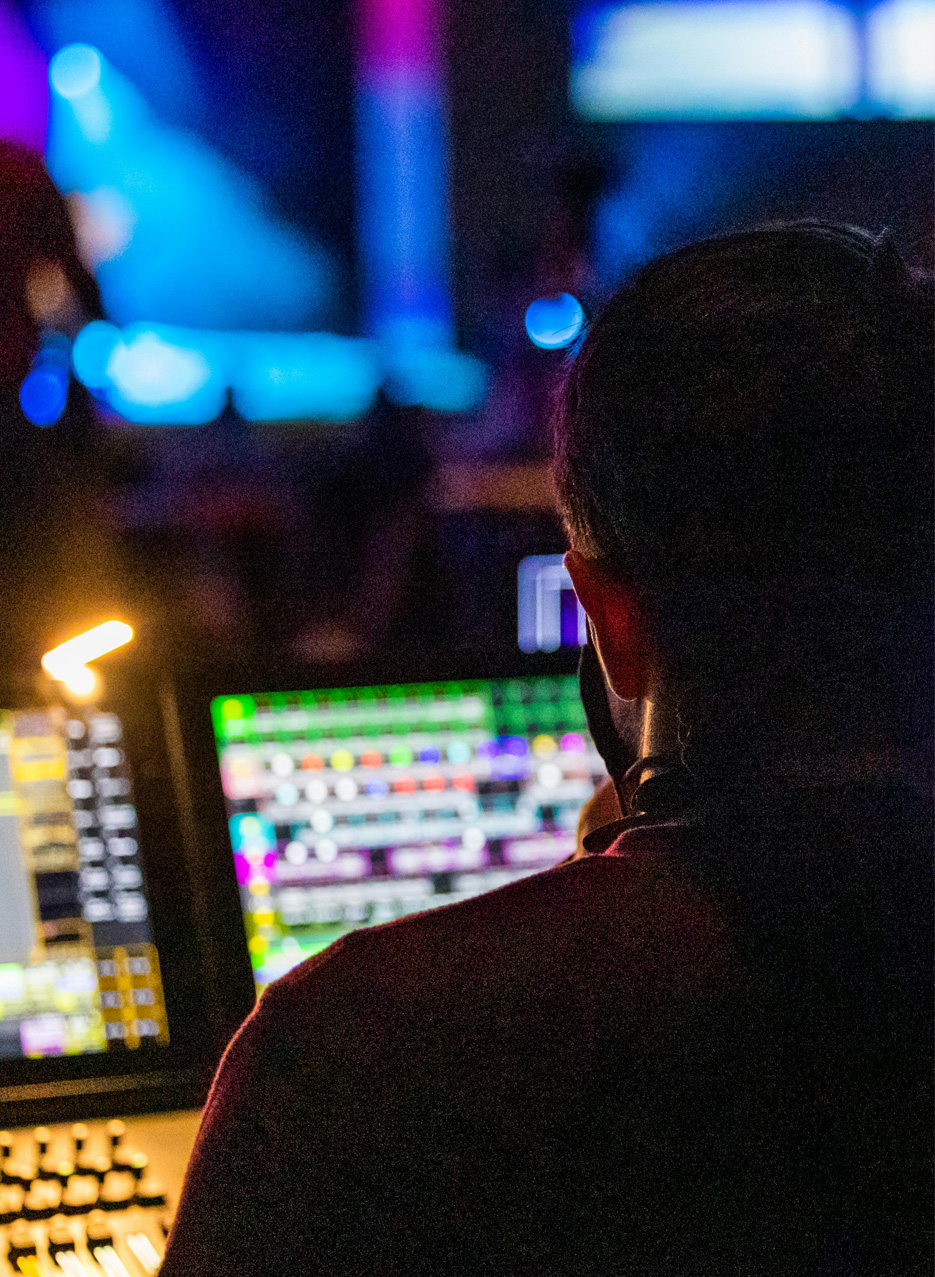
Stage Management involves the organisation, co-ordination, and execution of all aspects of a production, from rehearsals to performances.
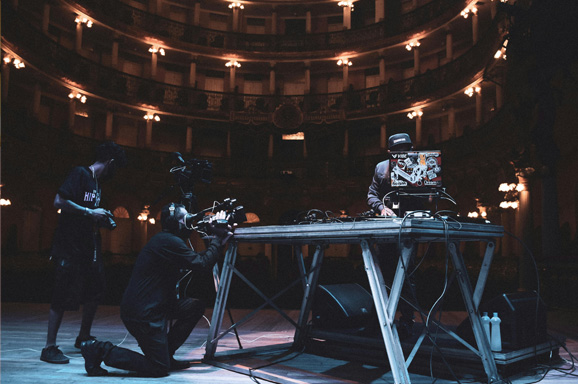
Key responsibilities of a stage management team include:
- Rehearsal Management
Overseeing rehearsals, taking notes on blocking and directorial choices, and ensuring that everyone is prepared for performances. - Technical Coordination
Working closely with the technical director, lighting designer, sound designer, and other technical personnel to ensure that all cues and effects are executed flawlessly during performances. - Performance Management
Calling cues for lighting, sound, and set changes during performances, ensuring that the show runs smoothly and on time. - Backstage Management
Managing the backstage area, overseeing prop changes, costume changes, and ensuring that all backstage personnel are prepared for their cues. - Communication
Serving as the primary point of contact between the director, actors, designers, and technical crew, ensuring that everyone is informed and coordinated.

Stage management is essential to theatre because it ensures the show runs smoothly, safely, and consistently from rehearsal to final performance.
Who is in a stage management team?
A typical stage management team consists of the following key roles:
- Stage Manager (SM)
The head of the stage management team, responsible for overseeing all aspects of the production, from rehearsals to performances. They coordinate with all departments and ensure the smooth running of the show. - Deputy Stage Manager (DSM)
Assists the Stage Manager, often taking over during performances or rehearsals. They are responsible for calling cues, managing the stage crew, and problem-solving during the show. - Assistant Stage Manager (ASM)
Supports the Stage Manager and Deputy Stage Manager, handling tasks like running errands, managing props, and assisting with paperwork.
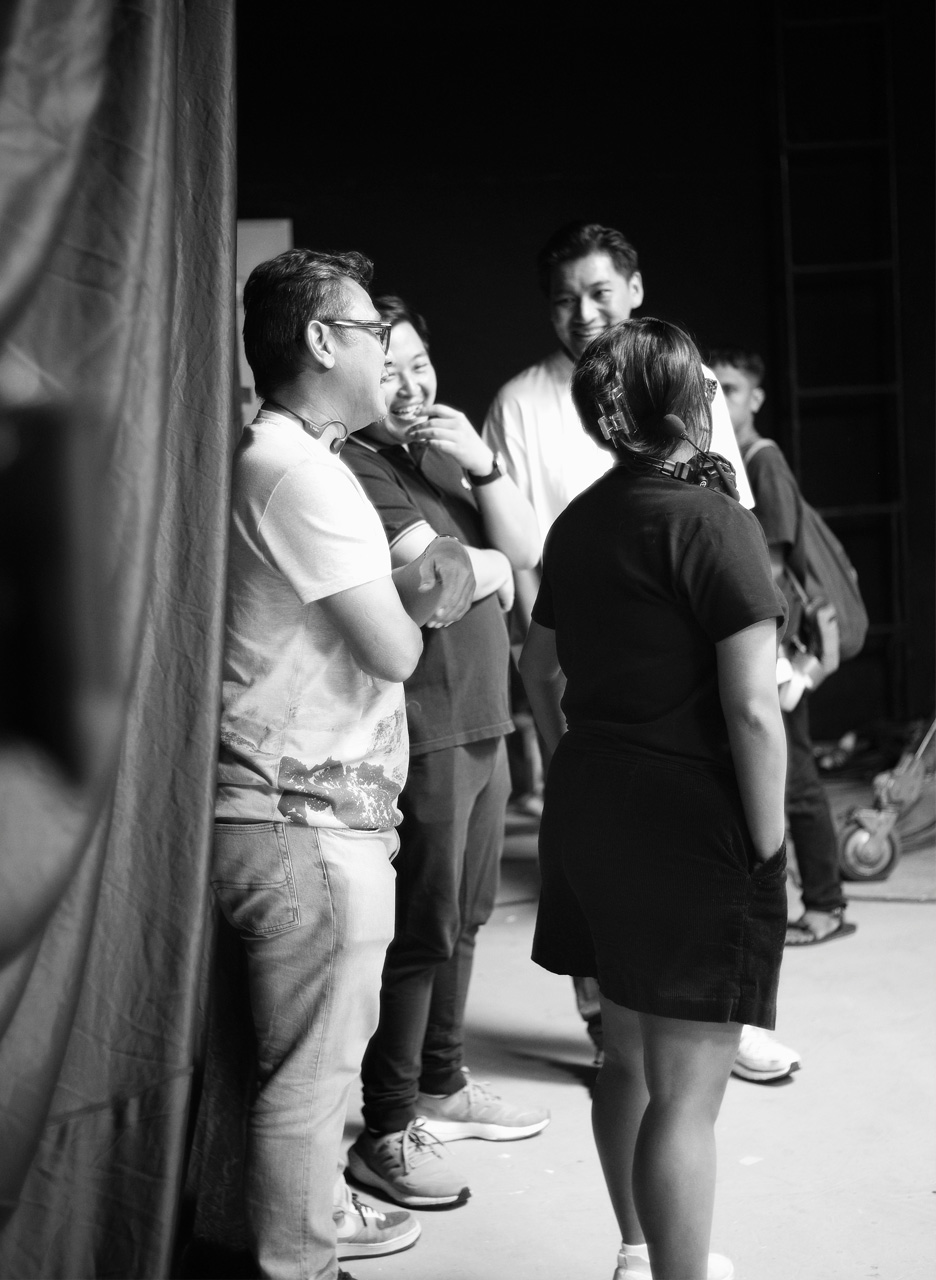
In larger productions, the team may also include:
- Company Stage Manager (CSM)
Oversees the logistical and administrative aspects of a touring production, including contracts, travel arrangements, and accommodations. - Production Manager
Manages the technical aspects of a production, such as lighting, sound, and set changes.
The specific roles and responsibilities within a stage management team can vary depending on the size and complexity of the production. However, the core team typically consists of a Stage Manager, Deputy Stage Manager, and Assistant Stage Manager.
A Typical Day in the Life of a Stage Manager
A Stage Manager’s day is incredibly varied and often long, especially during the technical rehearsal and performance phases. Here’s a glimpse into a typical day:
Rehearsal Period
- Morning
Arrive at the rehearsal space, set up the stage with props, furniture, and markings. - Day
Attend rehearsals, taking notes on blocking, cues, and technical requirements. Communicate with the director, designers, and actors to ensure everyone is on the same page. - Evening
Review notes, update the prompt script (a detailed document outlining every cue and action), and prepare for the next day’s rehearsal.
Technical Rehearsal Period
- Day
Coordinate with the technical departments (lighting, sound, props, costumes, etc.) to schedule and execute technical rehearsals. - Evening
Oversee technical rehearsals, calling cues and ensuring smooth transitions between scenes. Problem-solve any technical issues that arise.

Performance Period
- Late Night
After the show, oversee the striking of the set (dismantling it), and ensure the theatre is clean and ready for the next day. - Early Evening
Arrive at the theatre, check the stage for cleanliness and safety, and ensure all props and set pieces are in place. - Evening
Call the show, managing the timing of cues, coordinating with the technical departments, and solving any issues that may occur during the performance.
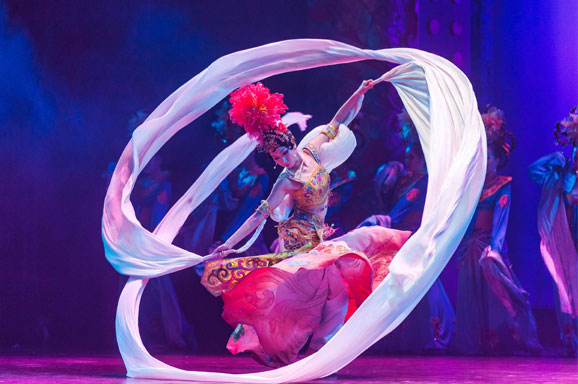
A Typical Day in the Life of a Deputy Stage Manager
A Deputy Stage Manager (DSM) is the Stage Manager’s right-hand person, often taking on a significant workload. Their day might look like this:
Rehearsal Period
Assist the Stage Manager in setting up rehearsals, taking notes, and communicating with the team.
Technical Rehearsal Period
Support the Stage Manager in calling cues, problem-solving, and managing the technical teams.
Performance Period
Cover performances, calling cues, and managing the stage crew. This can involve late nights and early mornings, especially during touring productions.
Off-Performance Days
Handle administrative tasks, such as updating the prompt script, organising props, and liaising with other departments.

A Typical Day in the Life of an Assistant Stage Manager
An Assistant Stage Manager (ASM) is responsible for a variety of tasks, often supporting the Stage Manager and Deputy Stage Manager. Their day might include:
Rehearsal Period
Assisting with setting up rehearsals, moving props, and running errands.
Technical Rehearsal Period
Supporting the technical teams, running cables, and helping with lighting and sound cues.
Performance Period
Assisting with quick changes, prop moves, and general stage management duties.
Off-Performance Days
Helping with administrative tasks, such as organising costumes, props, and paperwork.

Remember, these are just examples, and the specific responsibilities of each role can vary depending on the production and the size of the stage management team.
What is the ‘Prompt Copy’?
A prompt copy, also known as a prompt script or prompt book, is a crucial tool for stage managers. It’s essentially a master copy of the script that contains all the necessary information for running a smooth performance. Here’s what it typically includes:
Key Elements of a Prompt Copy
Script:
The full script of the play or musical, including dialogue and stage directions.
Blocking:
Notes on the actors’ movements and positions on stage.
Technical Cues:
Detailed instructions for lighting, sound, props, and set changes.
Actor Cues:
Reminders for actors to enter, exit, or deliver lines.
Timing Notes:
Information about the pacing of the show and specific scene lengths.
Production Notes:
Any additional information relevant to the production, such as costume changes, special effects, or audience interactions.

Why is a Prompt Copy Important?
Smooth Performances:
It ensures that cues are called on time, and actors are prompted if needed.
Problem-Solving:
It helps the stage manager identify and address potential issues before they occur.
Communication:
It serves as a reference point for the entire production team, ensuring everyone is on the same page.
Emergency Backup:
In case of unexpected absences, a well-prepared prompt copy allows another stage manager to take over seamlessly.
How to Prepare a Prompt Copy
Gather Materials:
Collect the script, rehearsal notes, and technical cues.
Organize the Script:
Number the pages and add clear headings for each scene.
Add Notes:
Write in blocking, cues, and timing notes in a clear and concise manner.
Color-Code:
Use different colors to highlight different types of information, such as actor cues, lighting cues, and sound cues.
Create a Cue Sheet:
A separate document listing all the cues in chronological order, with their corresponding page numbers in the prompt copy.
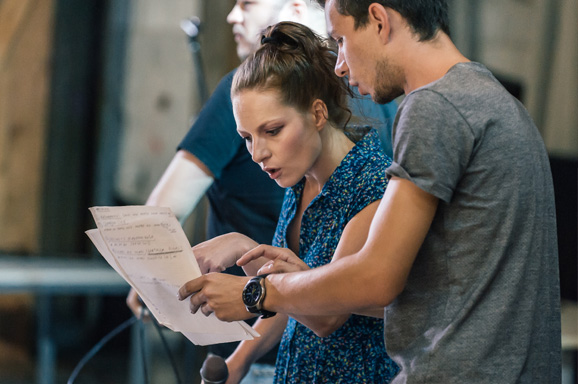
By creating a well-organised and detailed prompt copy, stage managers can effectively guide the production and ensure a successful performance.
Marking out a rehearsal space (part 1)
Marking out a rehearsal room involves physically defining the stage space within the room, often using tape or other markings on the floor. This helps actors and the stage management team visualise the performance space and execute blocking and movement accurately.
Here’s what’s typically involved:
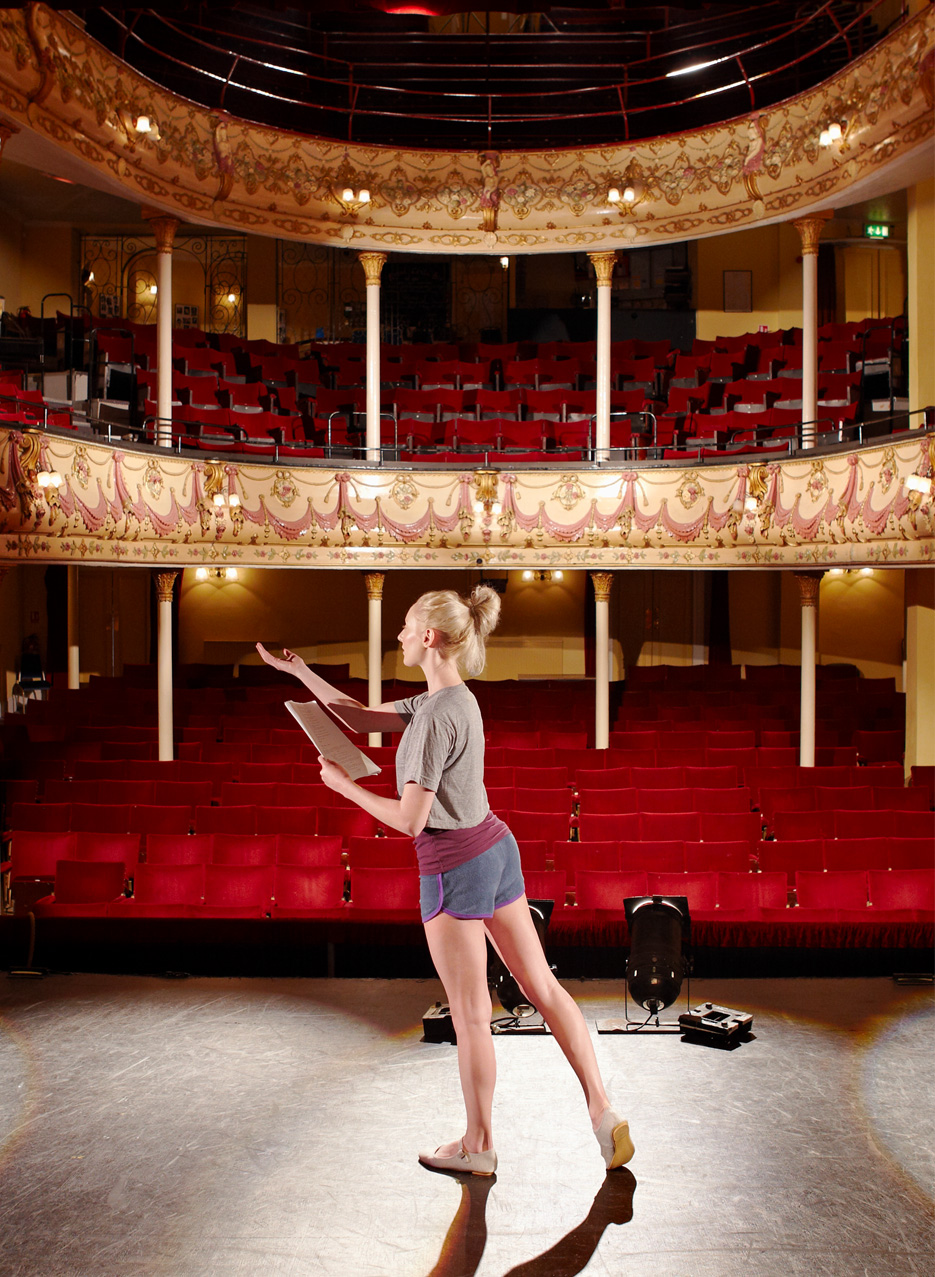
1. Defining the Stage
Setting Line:
This marks the front edge of the stage, separating the performance area from the audience or wings.
Proscenium Arch:
If applicable, the arch framing the stage opening is marked.
Upstage and Downstage:
These terms refer to the back and front of the stage, respectively.
Stage Left and Stage Right:
These terms refer to the left and right sides of the stage from an actor’s perspective.
2. Marking Blocking Positions:
Tape:
Adhesive tape (often gaffer’s tape) is used to mark specific positions for actors to stand or move to.
Furniture Placement:
Furniture like chairs, tables, or set pieces is placed in their designated positions.
Traffic Patterns:
Pathways for actors to move on and off stage are marked.
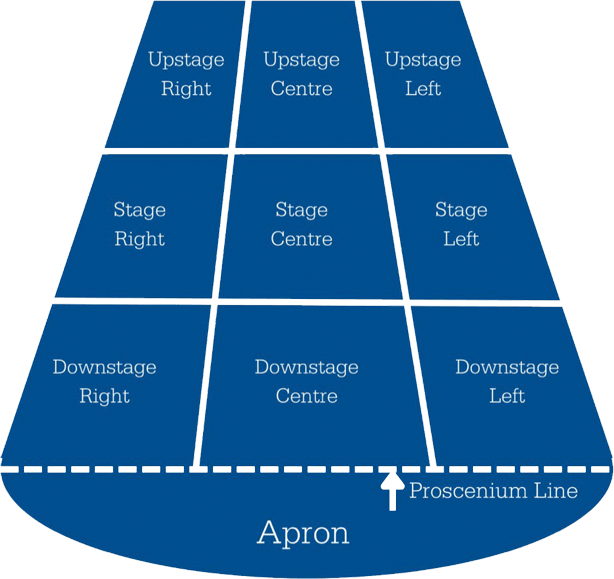
By carefully marking out the rehearsal room, the production team can create a more efficient and effective rehearsal process, leading to a polished and professional performance.
Marking out a rehearsal space (part 2)
Continued from previous page…
3. Adding Additional Markings:
Dance Lines:
For dance-heavy productions, lines are marked to help maintain spacing and formation.
Set Pieces:
The outline of larger set pieces can be marked with tape.
Lighting Positions:
If applicable, the positions of lighting instruments can be marked.
4. Why is Marking Out Important?
Visual Reference:
It provides a clear visual representation of the stage space.
Consistency:
It helps maintain consistency in blocking and movement throughout rehearsals.
Efficiency:
It saves time during rehearsals by eliminating the need for constant adjustments.
Accuracy:
It ensures that the staging will translate smoothly to the actual performance space.

By carefully marking out the rehearsal room, the production team can create a more efficient and effective rehearsal process, leading to a polished and professional performance.
Career Path Questionnaire
This simple questionnaire might help you to identify some career pathways that suit your personal interests and your skills. This questionnaire comes in 2 parts. The first part of this activity is a simple questionnaire.
Using the options in the table below, answer each of the questions by selecting a number in one of the columns, based on the following:
1 = Dislike a lot 2 = Dislike 3 = Don’t Mind 4 = Like 5 = Like a lot
Based on your personal interest and skills, you may be interested in the jobs shown in the highlighted section below.
Creative
& Making
design, props
costume, composing
Roles explored in this course:
- Scenic Designer
- Costume Designer
- Props Master
- Lighting Designer
- Composer
You scored
in this category.
Technical & Show
Operation
Light, sound,
electrical, cues
Roles explored in this course:
- Lighting Technician
- Lighting Programmer
- Production Electrician
- Follow Spot Operator
- Sound Designer
You scored
in this category.
Stage, Sound and
Technical Leadership.
Directing
Coordinating
Roles explored in this course:
- Stage Manager
- Assistant/Deputy Manager
- Production Stage Manager
- Technical Director
- Sound Director
- Lighting Designer for overall vision
You scored
in this category.
Check Your Knowledge
So now you’re well on the way to understanding about Stage Management, answer the multi-choice questions below to see how much you really know.
Good luck!
Well done. You have successfully achieved the pass mark for this course. All the correct answers are now shown.
You haven’t achieved the pass mark on this occasion. Have another go.
You haven’t quite reached the pass mark for this course, but all of the correct answers are now shown. Please study these before moving on, or feel free to go back and look again at any of the pages of this course.

